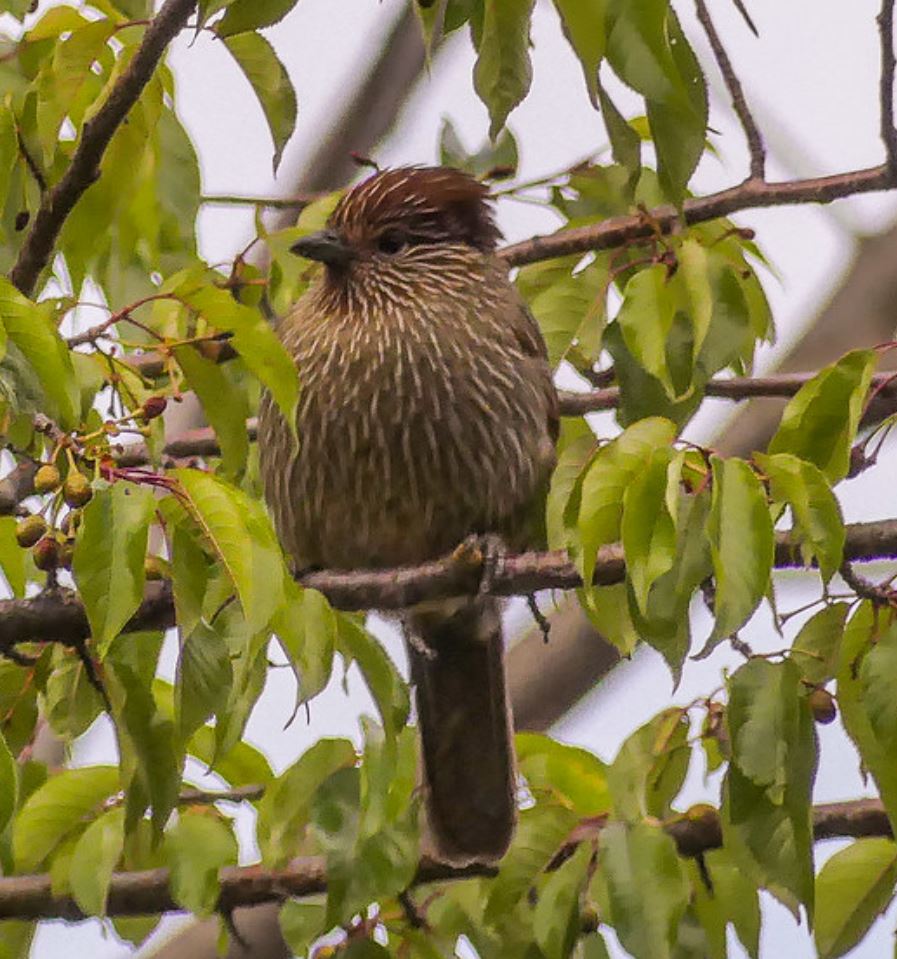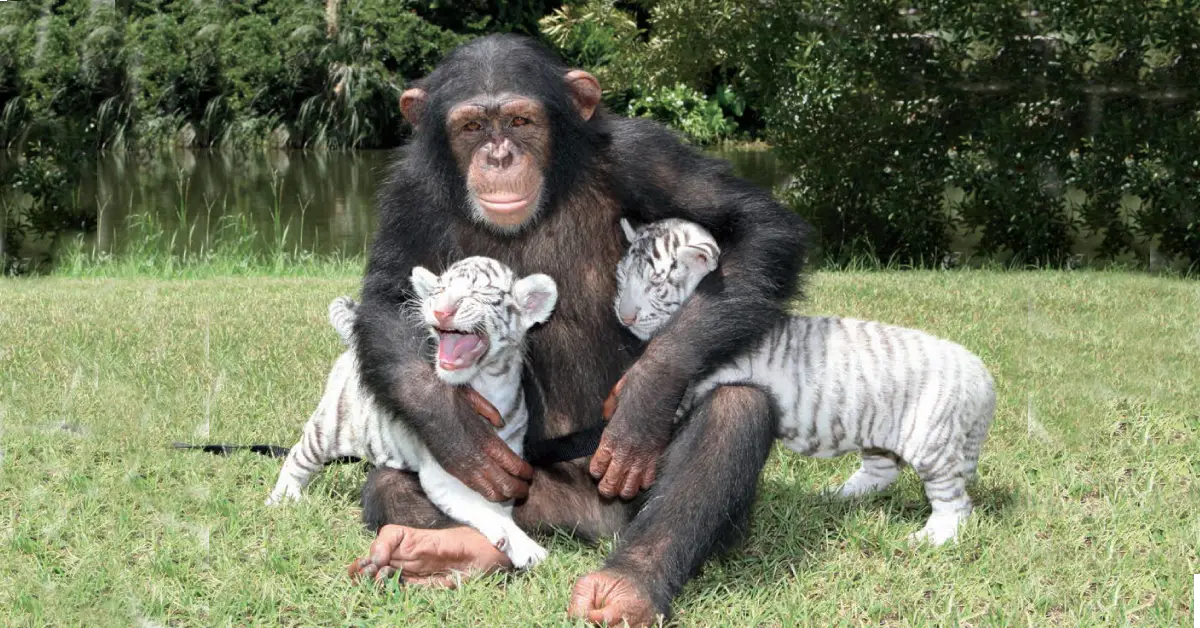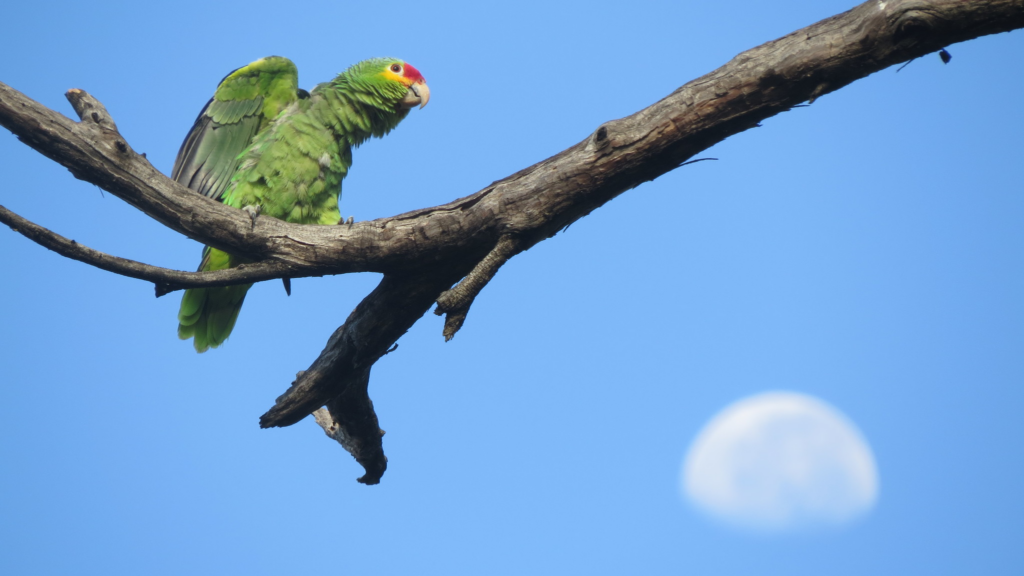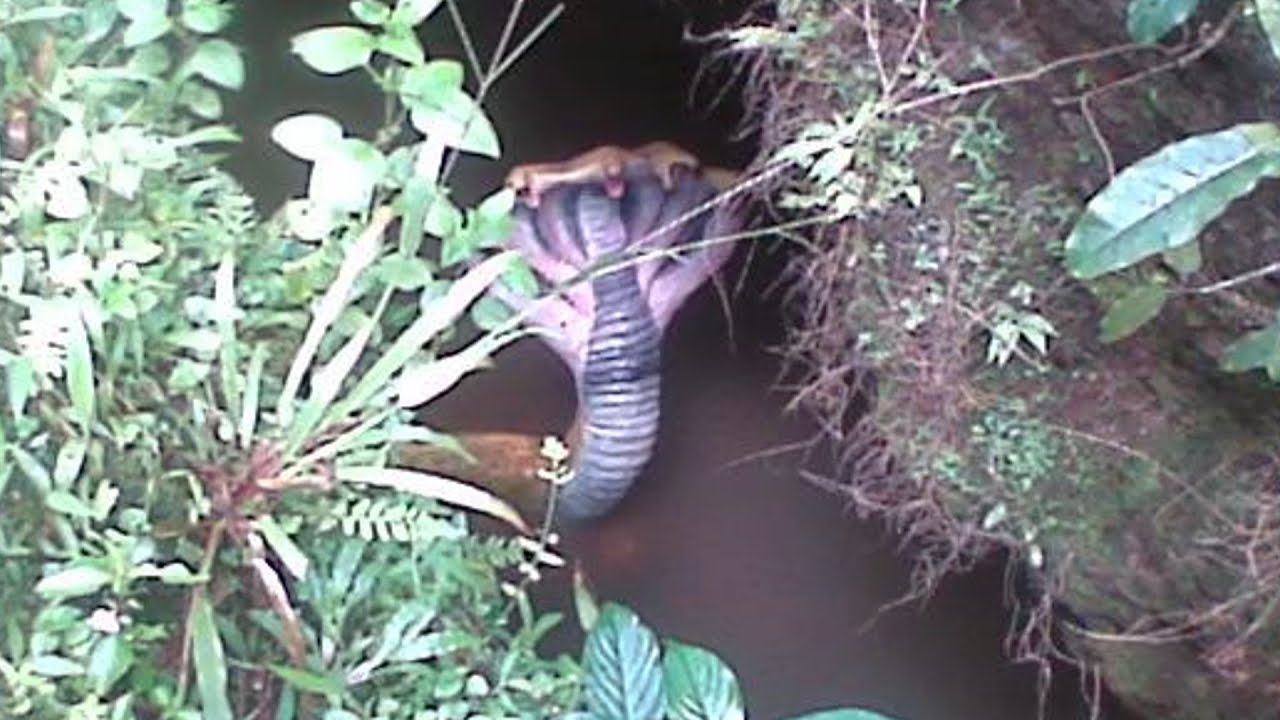
The team of researchers, comprised of herpetologists and wildlife enthusiasts, embarked on their journey with the hope of uncovering new insights into India’s rich biodiversity. As they ventured into the uncharted territories, their perseverance paid off when they encountered an elusive serpent unlike any they had encountered before. With bated breath, they carefully observed the creature, noting its distinct markings and behavior.
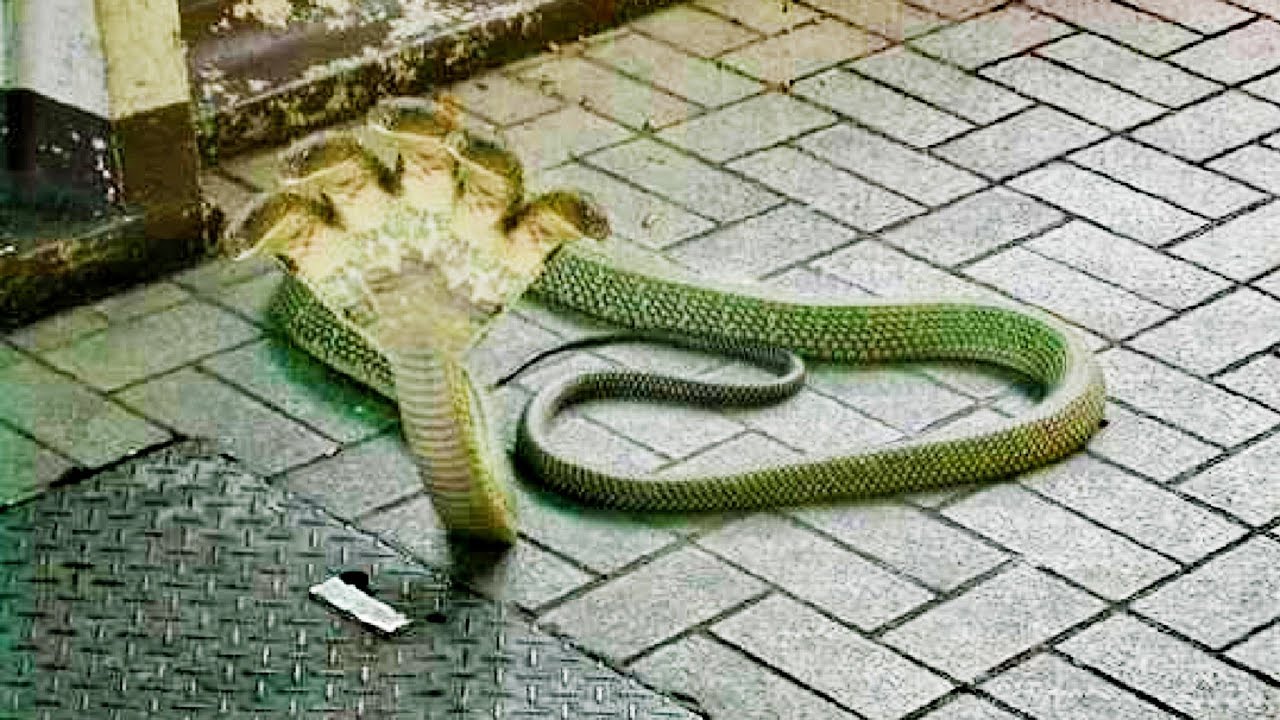
The first-year cobra, with its vibrant scales and undeniable allure, possessed an aura of mystery. Its slender body coiled gracefully, displaying a blend of hues that mesmerized all who witnessed it. The researchers were not only captivated by its beauty but also intrigued by the implications of such a young cobra residing in this particular habitat.
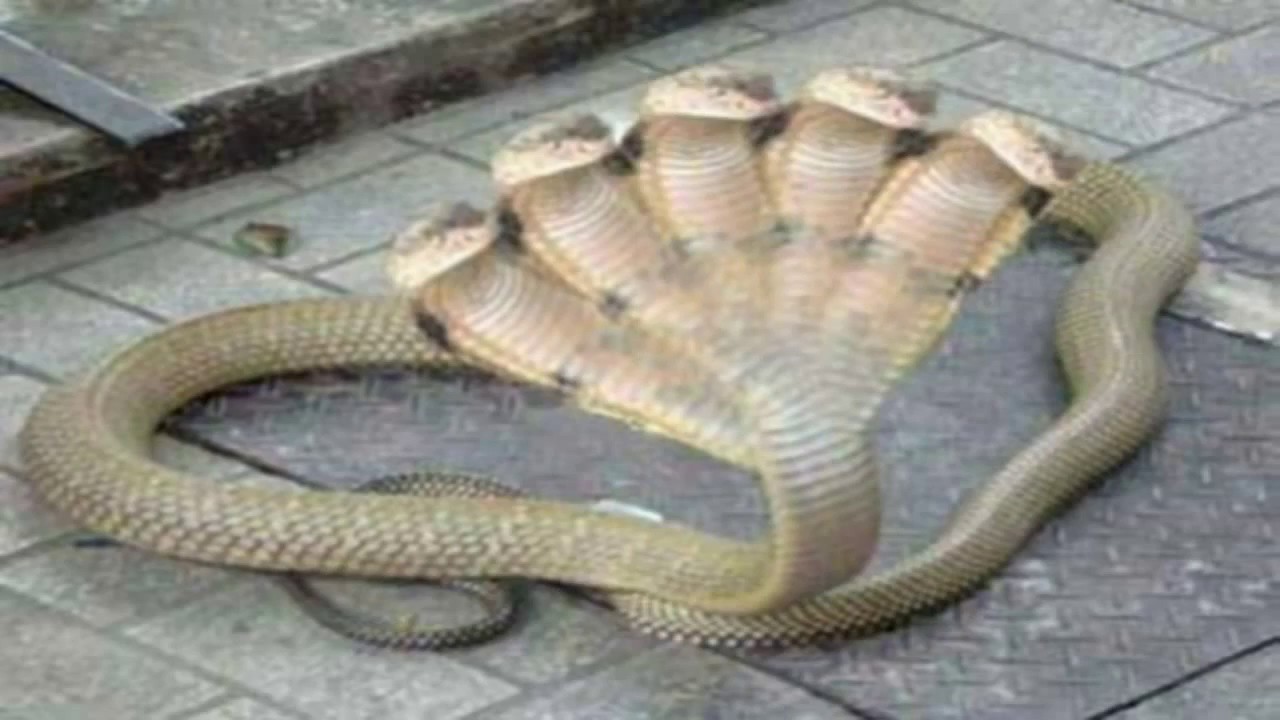
Historically, cobras have been primarily associated with dense forests and grasslands. Finding one in a rural area brought forth a plethora of questions and challenges existing beliefs. The researchers hypothesized that factors like changes in land use patterns, human encroachment, and climate variations might have influenced the cobra’s choice of habitation. It was a stark reminder of the delicate balance between human activities and wildlife survival.
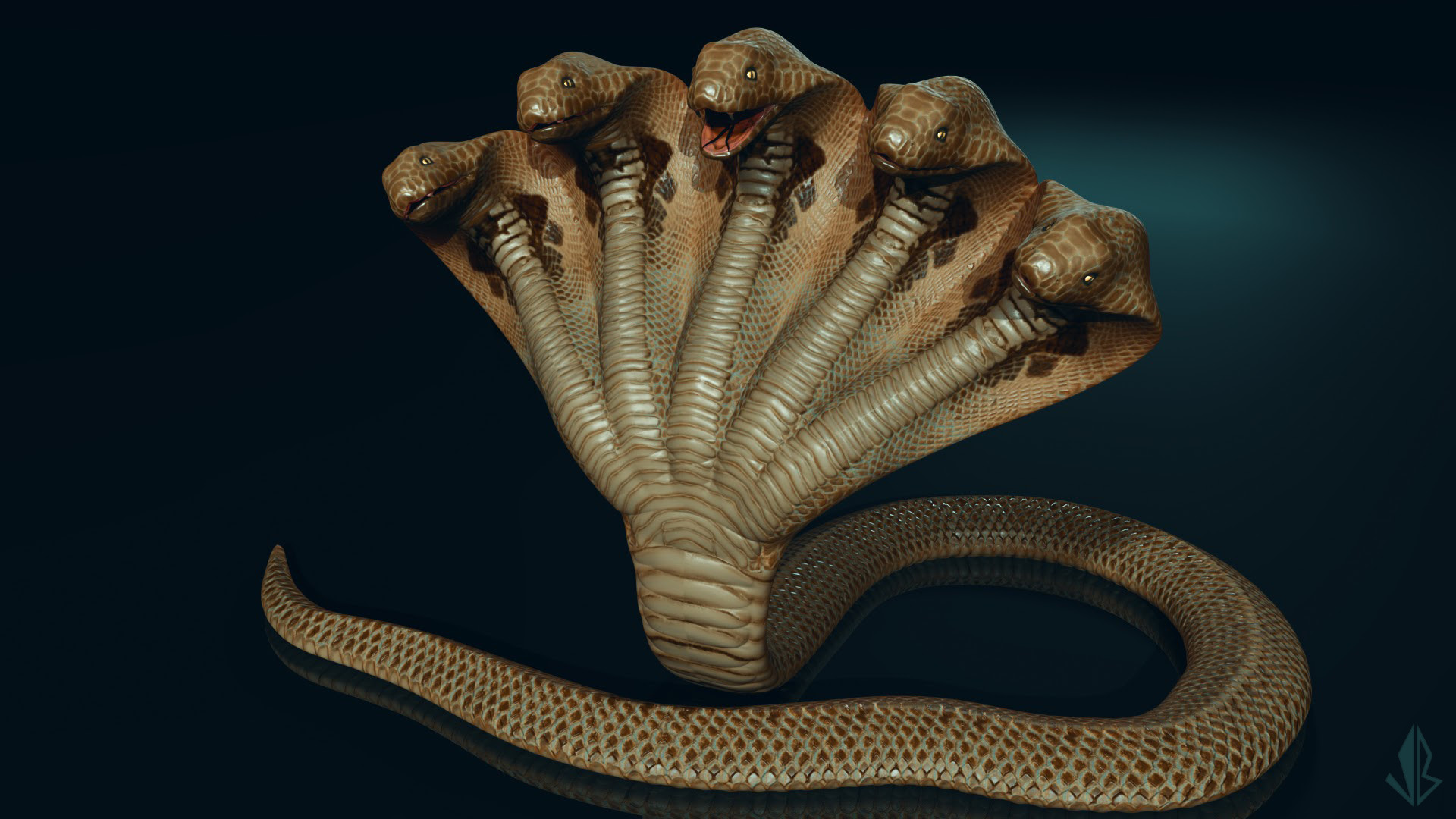
To unravel the secrets of this unique discovery, the researchers conducted comprehensive studies on the cobra’s behavior, diet, and adaptation mechanisms. They meticulously documented its interactions with the environment and the local ecosystem. Such extensive research not only provided invaluable knowledge but also paved the way for conservation efforts aimed at safeguarding these enigmatic creatures and their habitats.
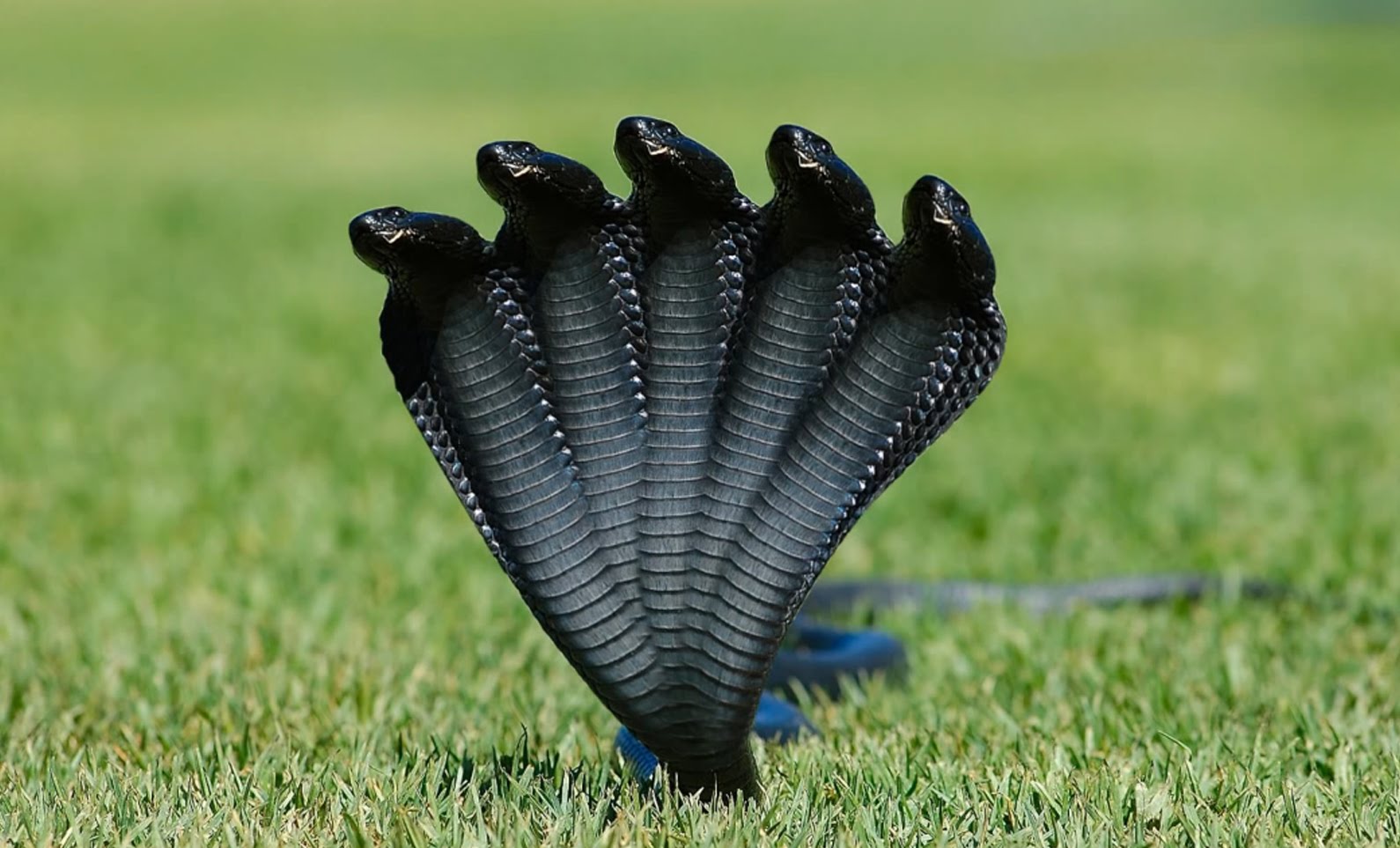
This astonishing revelation carries broader implications beyond scientific curiosity. It serves as a wake-up call, urging us to reassess our relationship with nature and the consequences of our actions. It reminds us that our choices can have far-reaching effects on the delicate balance of ecosystems, pushing species into unexpected territories in their search for survival.
As news of this extraordinary find spread, it ignited a sense of wonder and curiosity among the locals. The rural community, once unaware of the significance of their surroundings, now saw their land through a different lens. It spurred conversations about biodiversity, conservation, and the need to coexist harmoniously with nature.
In conclusion, the discovery of a first-year cobra in a rural area of India has brought researchers face to face with the unexpected. This astonishing revelation challenges preconceived notions, emphasizing the importance of adapting our understanding of wildlife habitats. It underscores the need for continued exploration and conservation efforts to protect the diverse array of species that grace our planet. Let this discovery serve as a catalyst for change, urging us to embrace our responsibility as stewards of the natural world.
